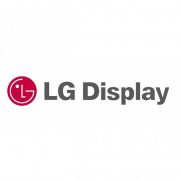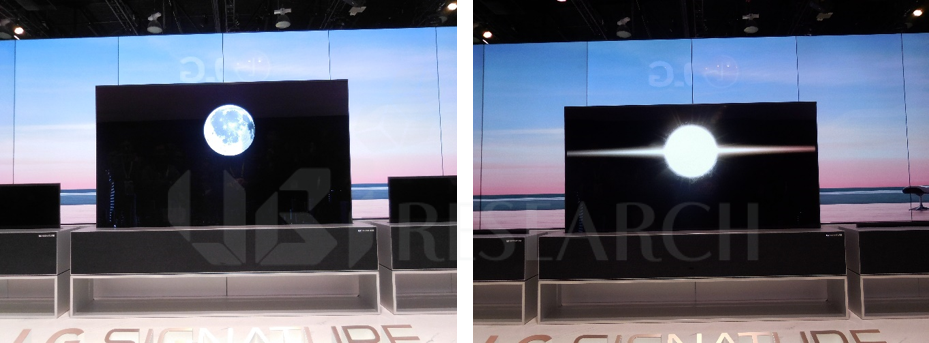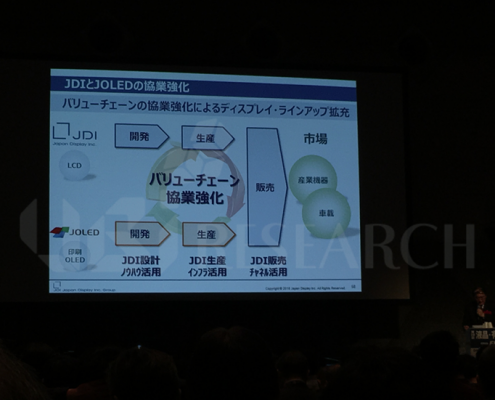[Press Release] AMOLED sales to reach USD 32.2 billion in 2019, up 13.8% from 2018
UBI Research (CEO, Yi, Choonghoon) published the annual OLED report in 2019.
According to the report, the OLED market is expected to reach $ 32.2 billion in 2019 and 13.8% market growth. The market growth is due to the launch of a variety of applications in 2019. Foldable OLED will accelerate the growth of the flexible OLED market as a convergence product that fuses smartphones and tablet PCs, and 8K OLEDs and rollable OLEDs to be launched from 2H 2019 will further solidly support the premium OLED TV market. In addition, an increase in flexible OLED shipments due to improved yields by Chinese panel makers will support growth in the Chinese OLED market.
AMOLED revenue in the fourth quarter of 2018 was $ 7.9 billion, down 3.7% from $ 8.2 billion in the third quarter and down 10.4% from $ 8.8 billion in the fourth quarter of 2017. The quarterly OLED market was highly volatile due to sales fluctuations at Samsung Display.

Revenue in 2018 was $ 28.3 billion, up 7.1% from $ 26.4 billion in 2017. The growth slowed suddenly compared to growth of 58.7% in 2017. The sluggish growth is attributable to the sluggish OLED smartphone market, which drove the OLED market up until now. The OLED market for smartphones, which was worth $ 24.2 billion in 2017, was only $ 24.5 billion in 2018.
Flexible OLED panels are not being adopted in mid-end smartphones due to the high cost of manufacturing flexible OLED panels for smartphones. As a result, the oversupply will continue due to lack of demand compared to the 6G flexible OLED investment. In the fourth quarter of 2018, there was an oversupply of 31%. In the first quarter of 2019, oversupply will increase to 39% by overlapping seasonal demand decline.





 <LG Electronics, OLED TV R>
<LG Electronics, OLED TV R>















